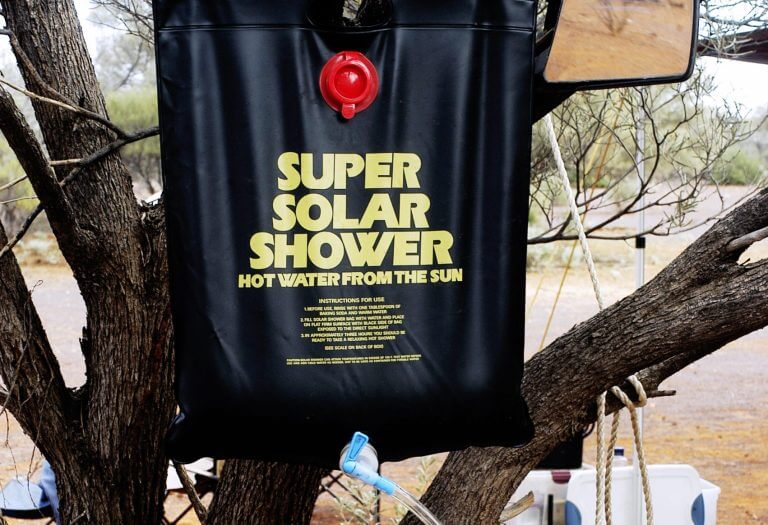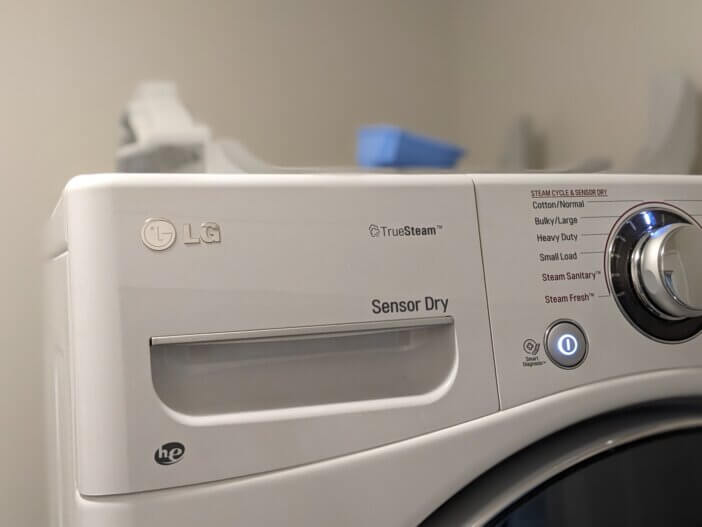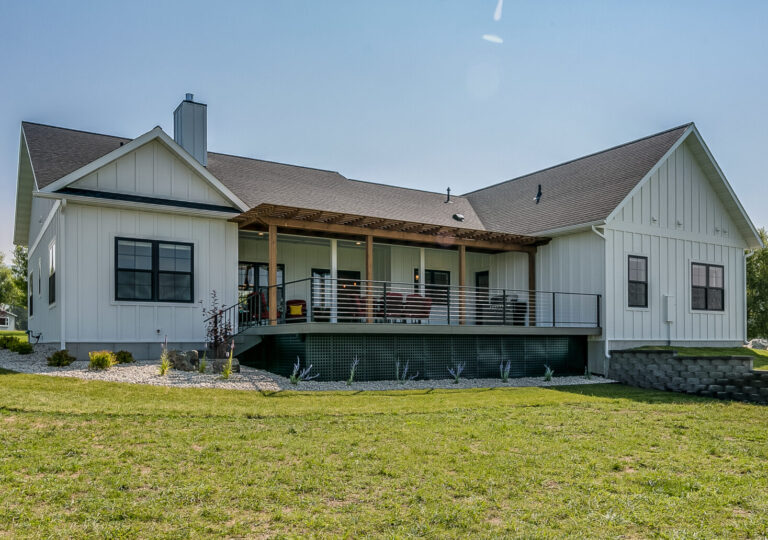7 Key Steps for Mobile Home Demolition: A Detailed Guide
A guide to demolishing a mobile home: Secure a permit, inspect for hazards like asbestos, prepare the site, hire a contractor, demolish safely, manage waste, clean up thoroughly.
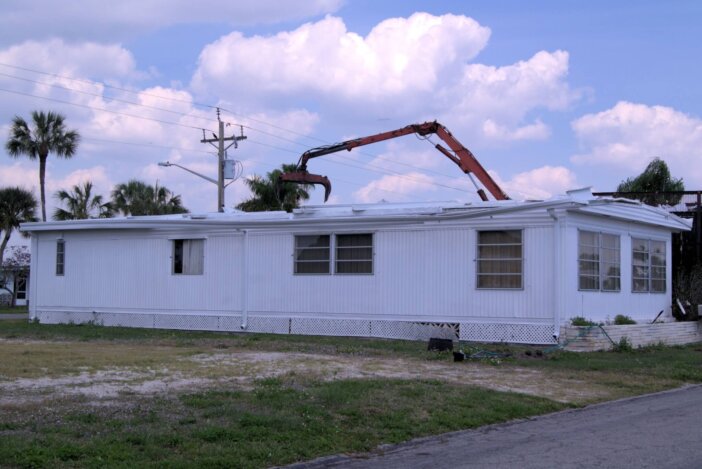
Mobile home demolition is a complex process that needs careful planning and adherence to safety standards. This guide will outline the seven steps for a smooth and efficient demolition project.
Disclosure: As an Amazon Associate, this site earns from qualifying purchases. Thank you!
Step 1. Obtain a Demolition Permit
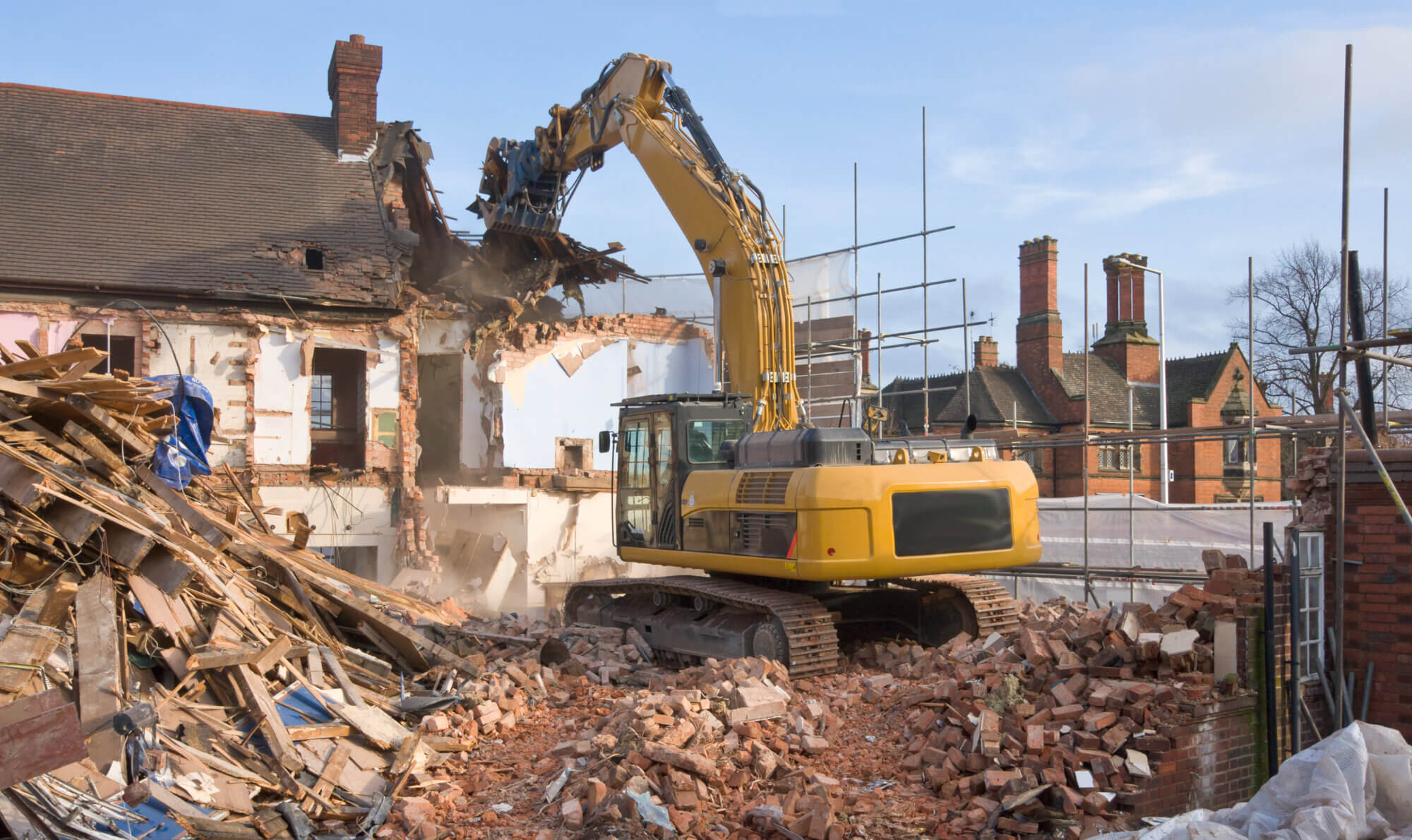
Before you can begin the process of demolishing your mobile home, you’ll need to secure a demolition permit from your local Department of Building and Safety or equivalent authority.
This is a mandatory requirement that ensures all demolition activities conform to local and national regulations. The specific process can vary depending on your location, but generally, it involves submitting an application with details about the property and the planned demolition project.
Hey hey – real quick! Don’t forget to subscribe to get our best content 🙂
It’s important to understand that a demolition permit usually comes with certain conditions. For example, you may be required to disconnect all utilities and remove any hazardous materials before starting the demolition.
The permit might also specify how you should handle and dispose of the demolition waste. Failure to comply with these conditions could lead to fines or other penalties. Therefore, it’s important to read and understand all the conditions attached to your permit before proceeding with the demolition.
Remember, obtaining a permit may take some time, so plan this step well in advance to avoid delays in your demolition project.
Step 2. Schedule an Asbestos Inspection
Before proceeding with demolition, it’s crucial to identify any hazardous materials present within the mobile home, such as asbestos-containing materials (ACMs), lead-based paint, or other toxic substances.
Asbestos, in particular, is a common material found in older homes and can cause serious health problems if disturbed during demolition.
To safely remove these hazardous materials during demolition, it’s recommended to engage licensed professionals. These experts will conduct a thorough inspection of your mobile home for asbestos and other hazardous materials.
If detected, they’ll follow proper protocols for containment, removal, and disposal, ensuring the safety of everyone involved in the demolition process.
Remember that improper disposal of hazardous substances can harm both human health and the environment. Therefore, it’s essential to handle these materials responsibly and in line with environmental regulations.
Step 3. Prepare the Site
Proper site preparation is key to a safe and efficient mobile home demolition. This step involves several tasks, starting with clearing the area around the mobile home. Remove any objects that could potentially become hazardous during demolition, such as loose debris, vehicles, or equipment.
Next, make sure all utilities like electricity, gas, and water are disconnected to prevent accidents. It’s also advisable to inform your neighbors about your plans to minimize disturbances and potential complaints.
In addition, establish a safety perimeter around the demolition site to keep unauthorized people at a safe distance. This might involve setting up safety barriers or signs indicating that a demolition is in progress.
Finally, take time to understand local regulations pertaining to noise, dust, and waste disposal. Compliance with these regulations is crucial to prevent potential fines or penalties. If necessary, consider hiring a professional site preparation company to ensure all preparations are done correctly and safely.
Step 4. Hire a Demolition Contractor
Hiring a professional demolition contractor is a critical step in your mobile home demolition project. These experts have the knowledge, experience, and equipment needed to safely and efficiently bring down your mobile home.
They can guide you through the process and ensure compliance with all applicable regulations.
When choosing a contractor, it’s important to do thorough research. Look for companies that specialize in mobile home demolition and have extensive experience in this field.
Check online directories or ask for recommendations from friends, family, or local authorities. It’s also advisable to obtain multiple quotes from different contractors to compare pricing and services offered.
Before finalizing your decision, verify that the contractor holds all necessary licenses required by your county or area. Also, ensure that the contractor carries adequate insurance coverage for liability and worker’s compensation.
Hiring a reputable and experienced demolition contractor will not only ensure a smooth demolition process but also help avoid potential property damage or safety issues.
Step 5: Demolish the Mobile Home
With a qualified contractor at the helm, you’re now ready to proceed with the actual demolition. The contractor will typically use heavy machinery like excavators or bulldozers to bring down the mobile home.
Safety measures are paramount during this step to prevent accidents and minimize damage to the surrounding environment.
The process begins with the removal of the roof, followed by the walls and then the floor. As the structure is being demolished, the debris is sorted into different types – recyclable, non-recyclable, and hazardous. Proper sorting at this stage can save time and effort later during the disposal phase.
It’s important to note that the demolition should be carried out in a controlled manner. This is where the expertise of the demolition crew comes into play. They understand how to operate the machinery effectively and safely to bring down the structure without causing unnecessary damage.
Step 6: Disposal and Recycling
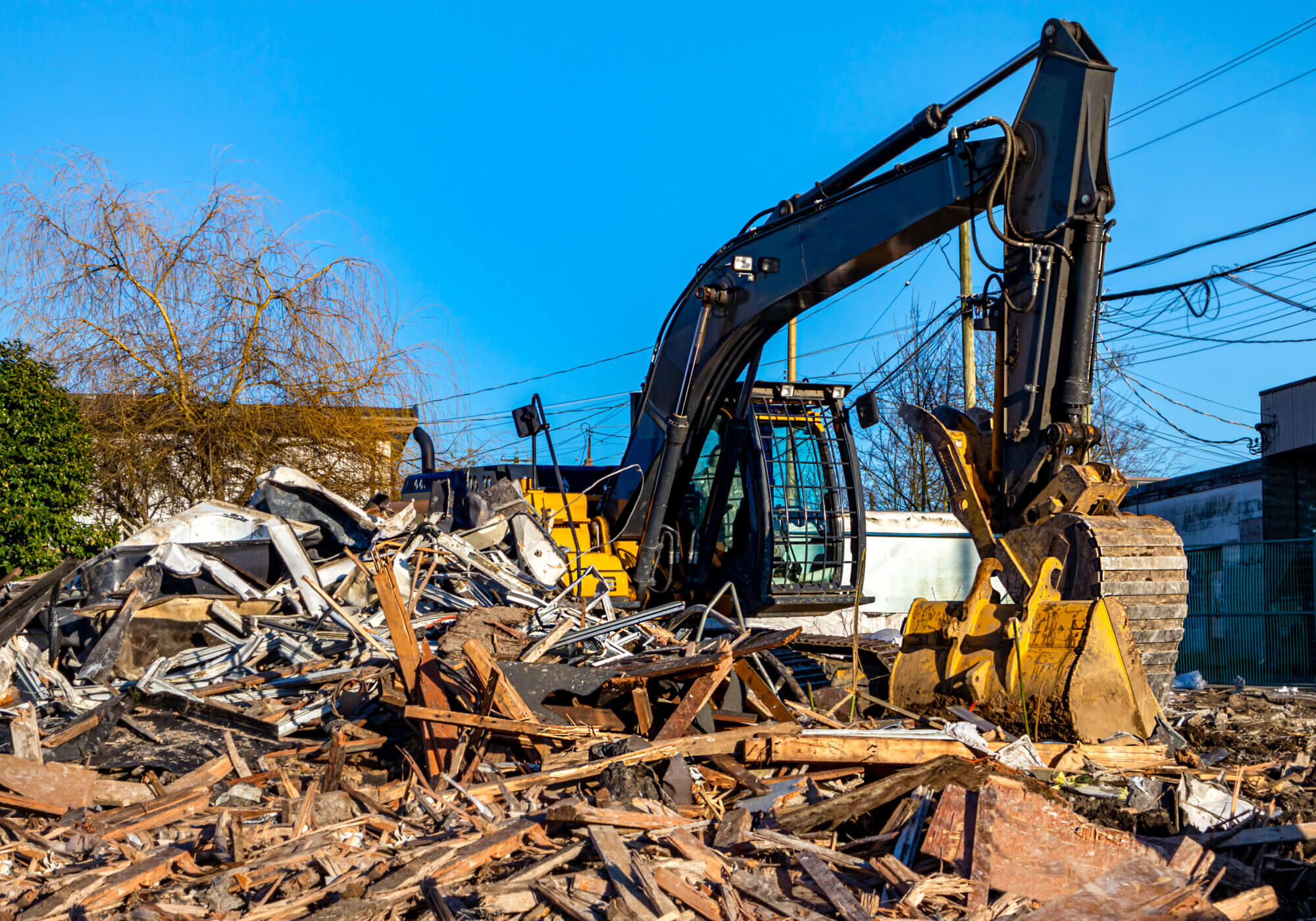
Once the mobile home has been demolished, you’re left with a large amount of waste material. This is where responsible waste management comes into play.
It’s crucial to dispose of all non-hazardous materials responsibly, and that often involves separating recyclable materials from general waste and arranging for appropriate recycling or landfill services.
Demolition waste can often be reclaimed and reused as aggregates, or potentially as whole materials – for example, the reuse of reclaimed bricks. This not only helps reduce the overall cost but also promotes sustainability by minimizing waste.
Also, certain materials such as metals could be sold to scrap dealers, offsetting some of the demolition costs. However, it’s important to remember that any hazardous waste, such as asbestos-containing materials, should be disposed of in accordance with local regulations and guidelines.
Adhering to local waste management guidelines is crucial to avoid potential fines or penalties. So, before you start, make sure you’re familiar with the rules in your area regarding the disposal of construction and demolition waste.
Step 7. Site Cleanup and Final Steps
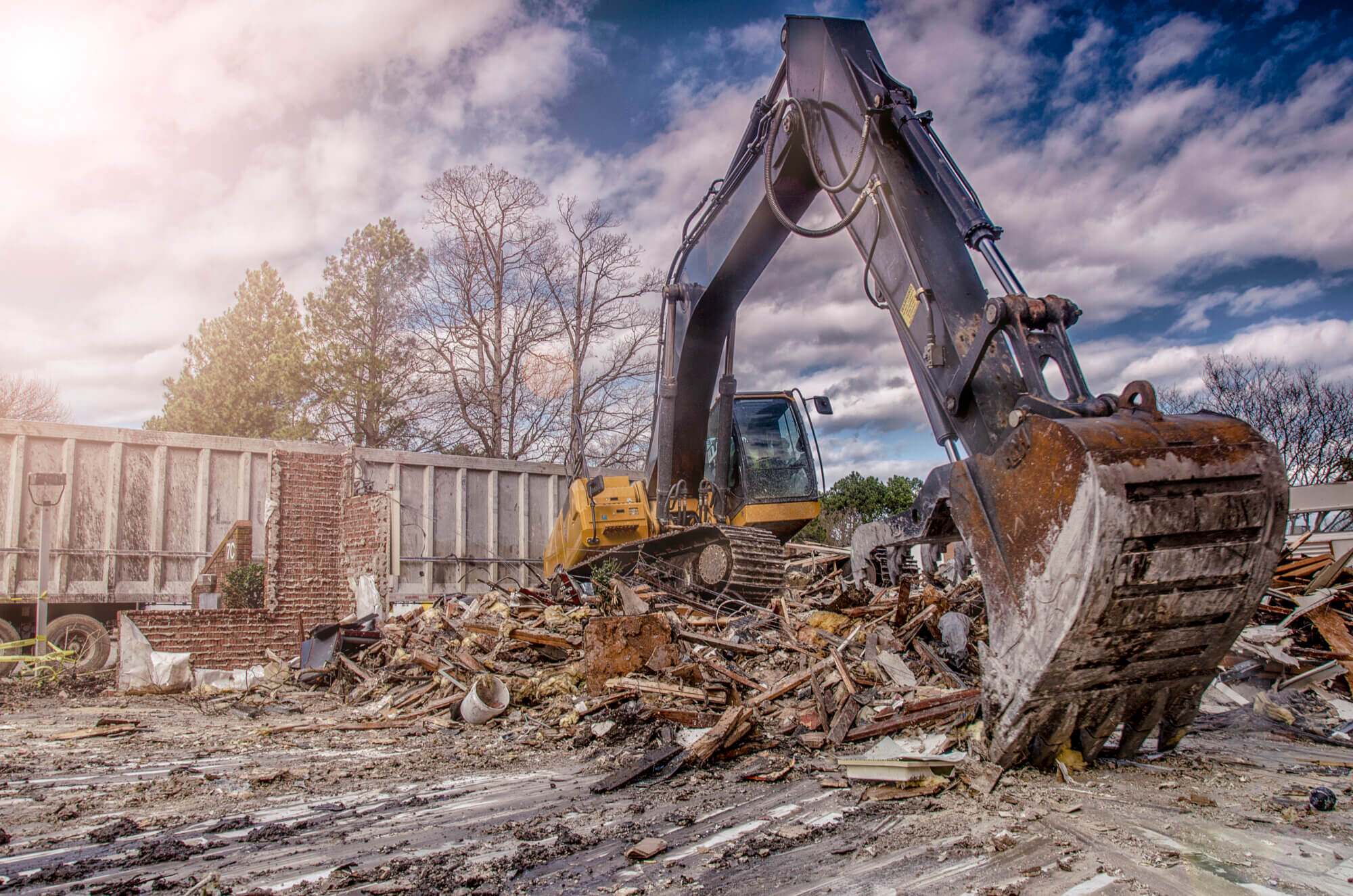
The final step in the demolition process is the site cleanup. Once all the debris has been removed, the site must be thoroughly cleaned. This usually involves removing any leftover materials, smoothing out the ground, and ensuring the site is safe and ready for its next use.
In some cases, you may also need to take care of tasks like filling in any holes or trenches left by the demolished structure and grading the land to ensure proper drainage. If you plan to build another structure on the site, you may need to prepare the site further based on the requirements of the new construction.
Finally, make sure to notify the local authorities once the demolition and cleanup are completed. They may need to conduct a final inspection before closing out your demolition permit.
It’s important to remember that every demolition project is unique, so be prepared for unexpected challenges along the way. However, with careful planning, adherence to safety protocols, and responsible waste management, you can ensure a successful and efficient mobile home demolition.

